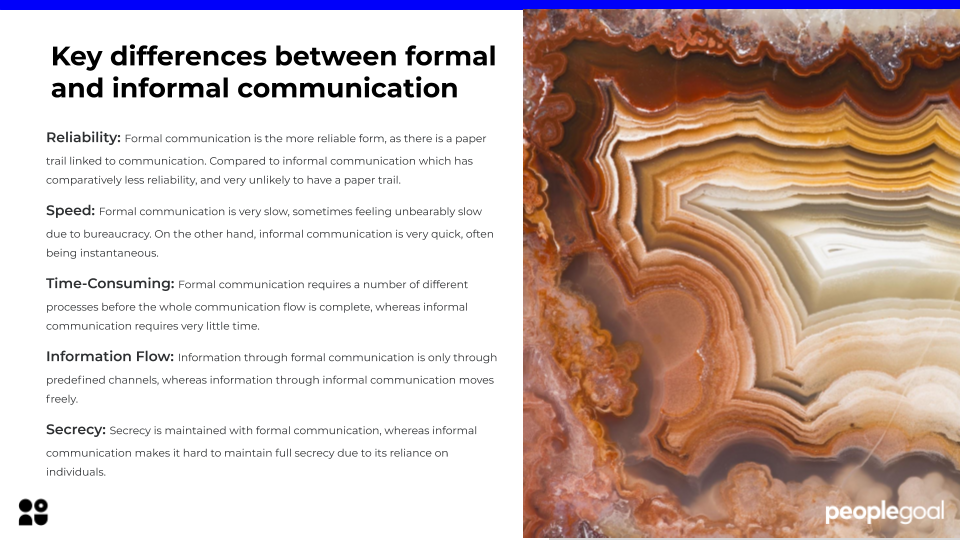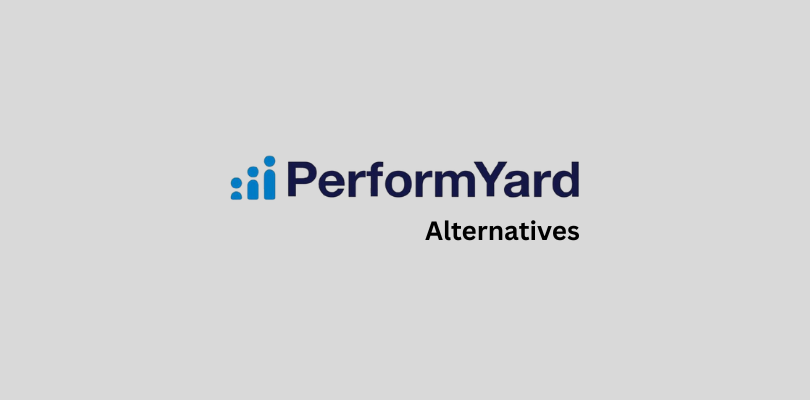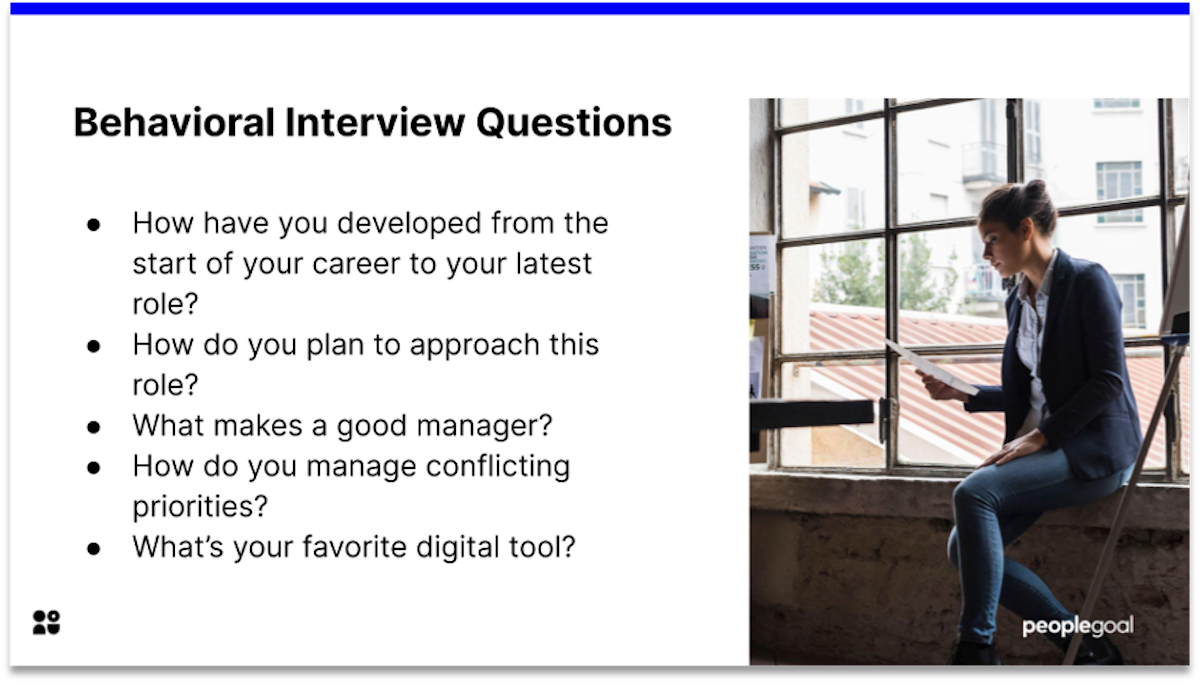Formal and informal communication do overlap but they are rather distinct types of communication. It can be quite easy to recognize the differences between them but also quite interesting to learn about them in greater depth.
What is formal communication?
Formal communication refers to the flow of official information through proper, predefined channels and routes. The flow of information is controlled and needs deliberate effort to be properly communicated. Formal communication follows a hierarchical structure and chain of command. The structure is typically top down, from leaders in various departments and senior staff in the organization, which funnel down to lower level employees. Employees are bound to follow formal communication channels while performing their duties.
Formal communication is considered effective as it is a timely and systematic flow of communication.
What is informal communication?
In comparison, informal communication refers to communication which is multi-dimensional. Informal communication moves freely within the organization and is not bound by pre-defined channels and communication routes. Informal communication is particularly quick. Informal communication is far more relational than formal communication and is by nature, a very natural form of communication as people interact with each other freely and can talk about a diverse range of topics, often extending outside of their work duties. Due to the inherent nature of informal communication, it moves a lot faster and does not have a paper trail.
Informal communication in the workplace is often called the ‘grapevine’ and generally begins with employees through social relations i.e. informal discussions about payroll. In many cases informal communications can turn to formal communication if they are added in to the formal communication information flow of a company.
Informal communication is considered effective as employees can discuss work-related issues which saves the organization time and money. It also helps to build more productive and healthy relationships in the workforce.
Key differences between formal and informal communication
Here’s a brief list of some of the key differences between formal and informal communication:

Reliability: Formal communication is the more reliable form, as there is a paper trail. Compared to informal communication which has comparatively less reliability, and is very unlikely to have a paper trail.
Speed: Formal communication is slower, sometimes feeling unbearably slow due to bureaucracy. On the other hand, informal communication is very quick, often being instantaneous.
Time-Consuming: Formal communication requires a number of different processes before the whole communication flow is complete, whereas informal communication requires very little process time.
Information Flow: Information through formal communication is only through predefined channels, whereas information through informal communication moves freely.
Secrecy: Secrecy is maintained with formal communication, whereas informal communication makes it hard to maintain full secrecy due to its reliance on individuals.
Types of formal communication
Below we provide a comprehensive list pertaining to the types of formal communication:
- Memos
- Intranet
- Meetings
- Conferences
- Formal One-on-Ones
- Bulletin Boards
- Handouts
- Letters
- Presentations
- Speeches
- Notice Boards
- Organizational blogs
- Emails from managers and leaders
Types of informal communication
Below we provide a comprehensive list pertaining to the types of informal communication:
- Gossip
- Single Strand – a form of informal communication wherein each person communicates with the next in a single sequence.
- Cluster – a very common form of informal communication, in cluster networks a person will receive information and choose to pass it on to their cluster network or keep the information to themselves. Each individual will pass on the information to the next cluster network
- Probability Chain – each individual randomly tells another individual the same piece of information.
What does formal communication look like?
Formal communication can sound rather complex and convoluted, but generally formal communication is governed by a chain of command and follows organizational convention. Within the organizational set-up, formal communication can make up any of these forms:
1. Downward Communication
Downward communication represents the most stereotypical form of formal communication. Information flows from management level down to lower levels. It is the most common form of formal communication. Downward communication includes orders and instructions represented in oral or written format. Reports, emails, letters and manual communication are commonly used downward communication tools.
2. Upward Communication
Upward communication contains information which passes from subordinate levels up to management and senior levels. Common forms of upward communication include (from employees to managers and above) reports, suggestions, requests, instructions and complaints.
3. Horizontal Communication
Horizontal communication refers to communication between individuals who are at the same or similar levels within an organization but have different areas of responsibility. Horizontal communication is slightly more fluid and dependent on cross-individual communication. Typical examples exist as communication between managers of different departments (HR, Marketing, Sales, etc.).
4. Diagonal Communication
This occurs when employees of different departments at different levels communicate with each other irrespective of the chain of command. Communication between a floor manager and a Sales team is a prime example of diagonal communication.
Both formal and informal communication have their time and place in the workplace, and both are effective when used correctly. Communication also has a role to play in building a culture of work ethic. For a great combination of both formal and informal communication, check out our blog explaining Slack for Team Communication and Collaboration.
PeopleGoal Operates in the following areas check us out
👉 Brisbane, Australia
👉 Baltics (Estonia, Latvia, Lithuania)
👉 New Jersey, US
👉 London, United Kingdom
👉 Switzerland
👉 Arizona, United States
👉 Manitoba, Canada
Ready to 3x Your Teams' Performance?
Use the best performance management software to align goals, track progress, and boost employee engagement.



